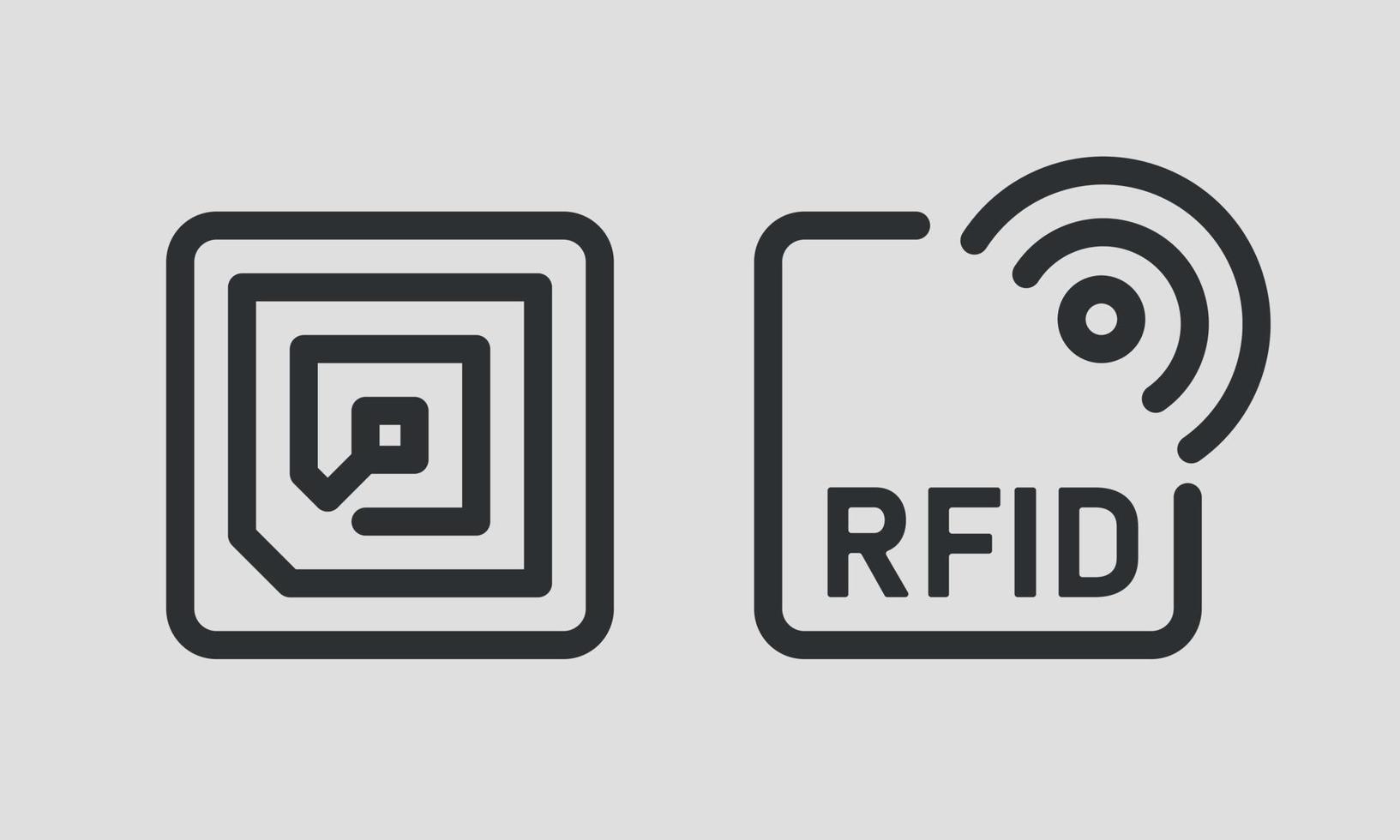
With the rapid development of technology, lithium-ion batteries have become an indispensable energy supplier in our daily lives, from smartphones to electric vehicles. However, when these batteries reach the end of their service life, they become a major hidden danger in the recycling process.
When lithium-ion batteries are recycled, they contain flammable electrolytes. Once they are squeezed, punctured or short-circuited, they may cause fire or explosion. Such fires not only burn quickly but are also difficult to extinguish, posing a serious threat to the recycling plant's equipment, workers and the surrounding environment. In fact, many recycling plants face this challenge. The large amount of lithium-ion batteries mixed in the metal waste they handle every day greatly increases the risk of fire.
Faced with this grim situation, recycling companies such as Recycle Management LLC have begun to actively explore solutions. They found that RFID (radio frequency identification) technology may provide a new breakthrough in this problem. By embedding tiny RFID tags in lithium-ion batteries and their power supply devices, and equipping RFID scanners on the sorting lines of recycling facilities, batteries can be quickly and accurately identified. In this way, when the waste passes through the sorting line, the scanner can quickly mark the items containing batteries, allowing workers to safely remove them before disaster strikes.
This solution can not only effectively reduce the risk of fire, but also improve recycling efficiency. What's more, the application scope of RFID tags is not limited to the recycling field. At places such as airports, by scanning batteries in luggage, potential safety hazards can be discovered and dealt with in time to avoid accidents during flights.
However, although RFID technology seems to bring hope to lithium battery recycling, its implementation still faces many challenges. First, labeling each battery will increase a certain production cost. Although RFID tags themselves are not expensive, considering the large number of batteries produced each year, this cost is still not to be underestimated. Secondly, logistics issues are also a major problem. Due to the wide variety of batteries produced each year, universal labeling and scanning technology standards need to be developed to ensure that batteries of different brands and models can be accurately identified. In addition, in heavy metal environments, RFID signals may be interfered with, which affects the detection effect.
To overcome these obstacles, industry organizations such as the Recycling Materials Association (ReMA) are also playing a leading role in promoting cooperation between battery manufacturers, technical experts and recycling companies. Through joint efforts, relevant standards and technical specifications will be formulated to promote the widespread application of RFID technology in the field of lithium battery recycling. At the same time, the government should strengthen supervision and support in this field and provide policy and financial guarantees for the promotion of RFID technology.
The hidden dangers in lithium battery recycling cannot be ignored, and RFID technology provides new ideas and methods for solving this problem. Through the joint efforts of all parties, we are expected to achieve safe and efficient recycling of waste lithium batteries, thereby protecting the lives of workers, maintaining the normal operation of equipment and reducing environmental risks. This is not only a challenge to the recycling industry, but also a responsibility and commitment to the entire society.
This paper is from Ulink Media, Shenzhen, China, the organizer of IOTE EXPO (IoT Expo in China)



















